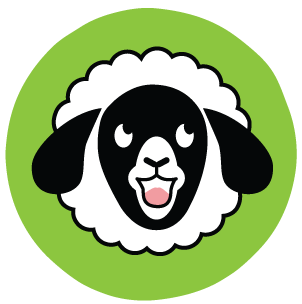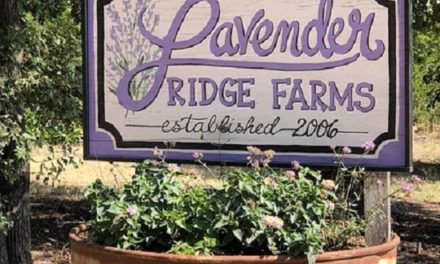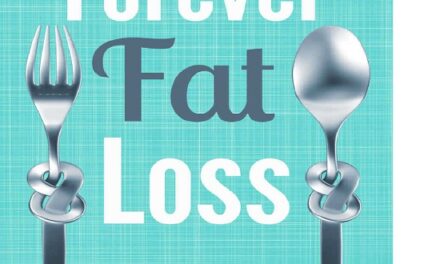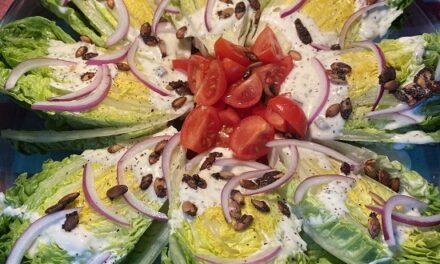What Are Blue Zones? “Blue Zone” is a non-scientific term given to geographic regions that are home to some of the world’s oldest people. Blue Zones include Ikaria Greece, Sardinia Italy, Nicoya Costa Rica, Loma Linda California, U.S.A. and Okinawa Japan.
Granted, these places likely have a clean environment. The locals live in harmony and are less stressed. The food is probably clean, unprocessed and organically grown. Let’s look into what they eat!
Ikaria Greece
Ikarians adhere to the Mediterranean diet—eating lots of fruits, vegetables, beans, whole grains, potatoes and olive oil. One in Three Ikarians live into their 90s, generally free of chronic disease.
Sardinia Italy
Daily physical activity and familial closeness have given this Blue Zone the highest concentration of male centenarians in the world. Oddly enough, their diet is mostly plant based but heavy in red wine, sheep cheeses, lamb and pork.
Nicoya Costa Rica
The Costa Rican people traditionally get the majority of their caloric intake from beans, squash and corn, plus tropical fruits. This plant-forward, nutrient-dense diet— and plenty of time outdoors, helps Nicoyan’s stay healthy to age 90 and beyond.
Loma Linda California, U.S.A.
The only Blue Zone in the U.S. is believed to be so because of a shared set of principles, emphasis on community and adherence to the Sabbath—a day of rest, reflection and recharging. Many avoid meat and eat plenty of plants, whole grains and nuts. Loma Linda Adventists generally live 10 years longer than their fellow Americans.
Okinawa Japan
Okinawa is among the top of the blue zones where people on average live into their 90’s and often 100’s. A lot of it can be contributed to their clean environment and outside activity, but they invariably have one of the healthiest diets in the world.
Their cuisine is heavily plant based with little emphasis on seafood, poultry, meat and eggs while avoiding dairy altogether. They focus on sweet potatoes which are eaten at just about every meal. Animal protein is practically a seasoning as it is so sparingly used.
Japanese V.S. Okinawa
As Japanese is my go-to cuisine when I want to drop some pounds, I had to wonder about the difference between Japanese and Okinawan cuisines. Okinawan cuisine seems to use less noodles and rice than traditional Japanese dishes. Japanese food is often fried as well as they attempt to have different textures with each meal. Both appeal to the four tastes with each meal as well as Unami (the 5th taste).
When I said Okinawan cuisine used animal products sparingly, I meant it! They might use fish bones, 1/2 lb of meat or 1 lb of bones to make a gallon of broth. One chicken breast might be used for an entire family dish.
Unfortunately, Neither cuisine is vegan even when they may appear to be. Sea food is in nearly everything – even in foods you might think are vegan. If the seafood is not evident, it may be used as a flavoring in sauce, stock or condiment. For example, dashi is traditionally a broth of bonito flakes and Kombu. You will find dashi to be in almost everything! In America, pork is prevalent in Japanese food with pork bits or fat often present in vegan dishes.
Often I find the only vegan items on a Japanese menu involve avocado, cucumber or seaweed!
I found an interesting post that speaks of some cooking styles within Japan. I’ve heard the term, macrobiotic, but didn’t realize it referred to the Japanese diet. A Macrobiotic diet focuses on seafood and sea vegetables.
Japan’s Zen Buddhist monks developed a cuisine called shojin-ryori that is generally vegan, since they oppose the killing of animals. It is a fairly bland diet though as they avoid spicy seasonings.
The Okinawa diet
If you are deciding to switch to a Plant Based diet, the Okinawa diet may give you a starting point. Whether you want to lose weight, regain health, learn about Blue Zones, or just discover a new healthy cuisine – keep reading!
Everyone I know is talking about pounds they have gained while confined to their homes during the Covid crisis. Covid has pushed everyone to their limit. People are stress eating or eating out of boredom. I notice on my website it seems to be the comfort food recipes that are the most popular.
Japanese provides a wider variety, but you would lose more weight on the Okinawa diet! You would certainly have to create your own meals.
Breakfast, lunch and dinner are all similar! Sweet potatoes, carrots, sea vegetables, shitake mushrooms, bok choy, cabbage, spinach, radish, green onions, tofu, miso, and herbs like cilantro and mint are the most prevalent ingredients I found in several books!
I didn’t see a single recipe for ramen, but soba and udon noodles are sometimes used. Servings of rice are small and often enhanced by seaweed, vegetables or egg.
All of these meals are raw or minimally cooked (other than the broth). Asian soup with vegan dashi could easily be considered an Okinawan dish.
Gradual transition to WFPB diet!
If you are considering going plant based and don’t think you can do it, the Okinawa diet may be the perfect starting point for you! You would be reducing your fat from animal products considerably. Dairy and cheese are nowhere on the menu. Eggs are on the diet but not in excessive amounts or prepared in butter!
One month on this diet should improve a number of health conditions. After a month, use half the amount of animal products in your recipes and limit eggs to one or two a week. Try that for a month then compare your progress between the first and second month.
The seaweed products are healthy and will assist eliminating heavy metals and toxins from your system. Seaweed products are generally cheap. If you have no access to an Asian market, you can find most products on Amazon or an online Japanese Supermarket.
You may need to make most of your condiments. I find most Asian condiments are not vegan, they are high in sodium. Often they have msg, artificial food dyes and flavorings.
Resources
Blue Zones Kitchen Cookbook – More versatile, not just Japanese.
This is one I highly recommend. Japanese Cooking – Contemporary and Traditional
Pat Tokuyama has an interesting book: Getting Started with Plant-Based Japanese Foods
A Zen Buddist cookbook, Living Shojin-Ryori
These are some Okinawa Diet books, although I could not find a single Okinawan cookbook that was vegan.
Ikaria Greece is another blue zone. If you need some variety, you might consider some of these recipes from healthy Greek Cuisine!





